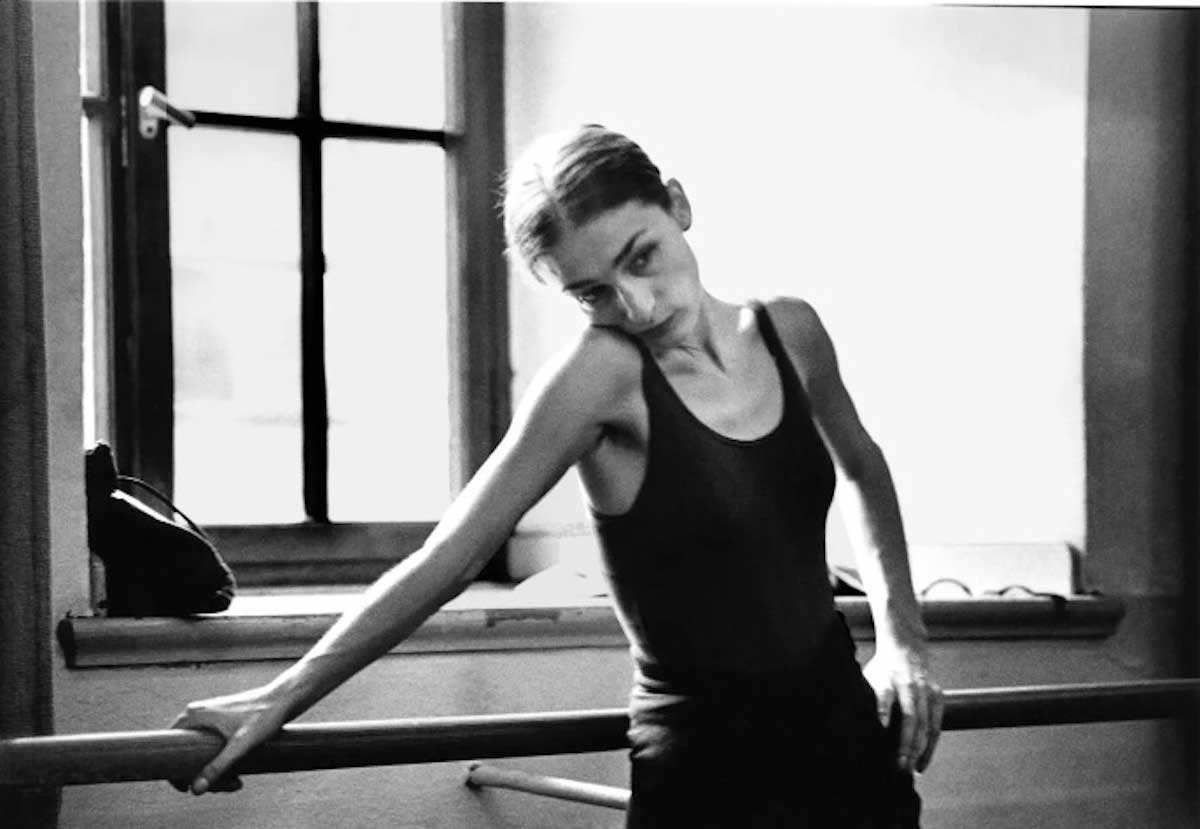Many artists have defined the contours of modern dance, but few have encapsulated its emotional intensity and theatricality as Pina Bausch. Her innovative work has left an indelible mark on the dance world and captivated the hearts of audiences globally. Here are ten intriguing facts about Pina Bausch, often regarded as the queen of modern dance, whose legacy resonates well beyond the stage.
1. The Birth of Tanztheater
Pina Bausch is credited with pioneering the genre known as Tanztheater, or dance theater, which merges movement with dramatic narrative. This innovative fusion transcended the constraints of traditional ballet and modern dance, allowing performers to explore the depths of human emotion through both dance and theater. With this approach, Bausch invited audiences into a visceral and poignant exploration of life’s complexities.
2. Archetypal Movements
Bausch’s choreography often employed repetitive and archetypal movements that reflected the intricacy of human relationships. Her dancers were not merely performers; they were vessels conveying universal emotions. These kinetic expressions showcased vulnerability and strength simultaneously, allowing audiences to introspectively engage with the stories being told, making the dancers a mirror reflecting society’s innermost truths.
3. The Influence of Personal Experiences
Born in 1940 in Solingen, Germany, Bausch’s early life experiences profoundly shaped her artistic vision. Growing up in post-World War II Germany, her childhood was steeped in the remnants of destruction and rebirth. This backdrop informed her work, as she often delved into themes of loss and existential angst, portraying the delicate interplay between life and death through dance.
4. A Unique Collaboration Process
Bausch engaged her dancers in a uniquely collaborative process that set her apart from many choreographers. Rather than imposing pre-conceived ideas, she encouraged her dancers to share their personal experiences and emotions. This collaborative dialogue became the bedrock of her choreography, leading to a rich tapestry of performance that resonated with authenticity and genuine human experience.
5. Iconic Works that Shook the Dance World
Some of her most iconic works, including “Café Müller” and “The Rite of Spring,” profoundly impacted the landscape of modern dance. “Café Müller,” with its haunting imagery of a woman stumbling through a café amidst chaos, illustrates the fragility of human connection. Alternatively, “The Rite of Spring” evokes primal energy and raw emotion, challenging audiences to confront their own visceral reactions. Such pieces not only captivated audiences but also revolutionized the choreographic narrative.
6. Dance as a Form of Therapy
Bausch profoundly believed in the cathartic power of dance, which she considered a form of therapy. Her work was not merely about artistic expression; it served as a conduit for self-exploration and emotional release. Audiences often reported feeling an emotional resonance with the performances, as her choreography encouraged an intimate confrontation with personal feelings, generating a communal experience of healing.
7. The Local and the Global
While Bausch’s works were deeply rooted in her German heritage, she embraced and incorporated diverse cultural influences from around the globe. This eclecticity earned her acclaim in international circles, showcasing her ability to transcend geographical boundaries and speak to the universal human experience. Her collaborations with artists from various cultures further enriched her work, resulting in performances that celebrated diversity while exploring shared human themes.
8. A Lasting Educational Legacy
Pina Bausch not only captivated audiences with her performances but also left an enduring legacy through her influence on students and future generations of dancers. She established the Tanztheater Wuppertal company, where her pedagogical approach emphasized creativity, emotional honesty, and personal expression. Many of her students have gone on to become influential choreographers and performers in their own right, spreading her vision and sensibilities across the globe.
9. A Tribute to Her Artistic Vision
In 2009, Bausch passed away, yet her influence continues to thrive. The establishment of the Pina Bausch Foundation has solidified her legacy, ensuring that her artistic vision and unique methodologies remain accessible and celebrated. The foundation not only preserves her work but also supports initiatives that foster contemporary dance, advocating for the ongoing evolution of the art form she transformed.
10. Films that Captured Her Essence
In a compelling synthesis of dance and film, Bausch’s artistic prowess extended to the silver screen. Her collaboration with filmmakers has yielded visually stunning documentaries that capture the essence of her work. The film “Pina,” directed by Wim Wenders, serves as a tribute to her artistic vision, allowing audiences who may never see her live performances to experience the profound emotional landscapes she navigated through dance.
In conclusion, Pina Bausch remains an unparalleled figure in modern dance, her artistry enveloping the theater in a tapestry of emotional depth and cultural significance. Through her innovative practices, poignant narratives, and deep connection with humanity, she forged a path that continues to inspire and inhabit the artistic realm, reminding us all of the transformative power of expression through movement.










